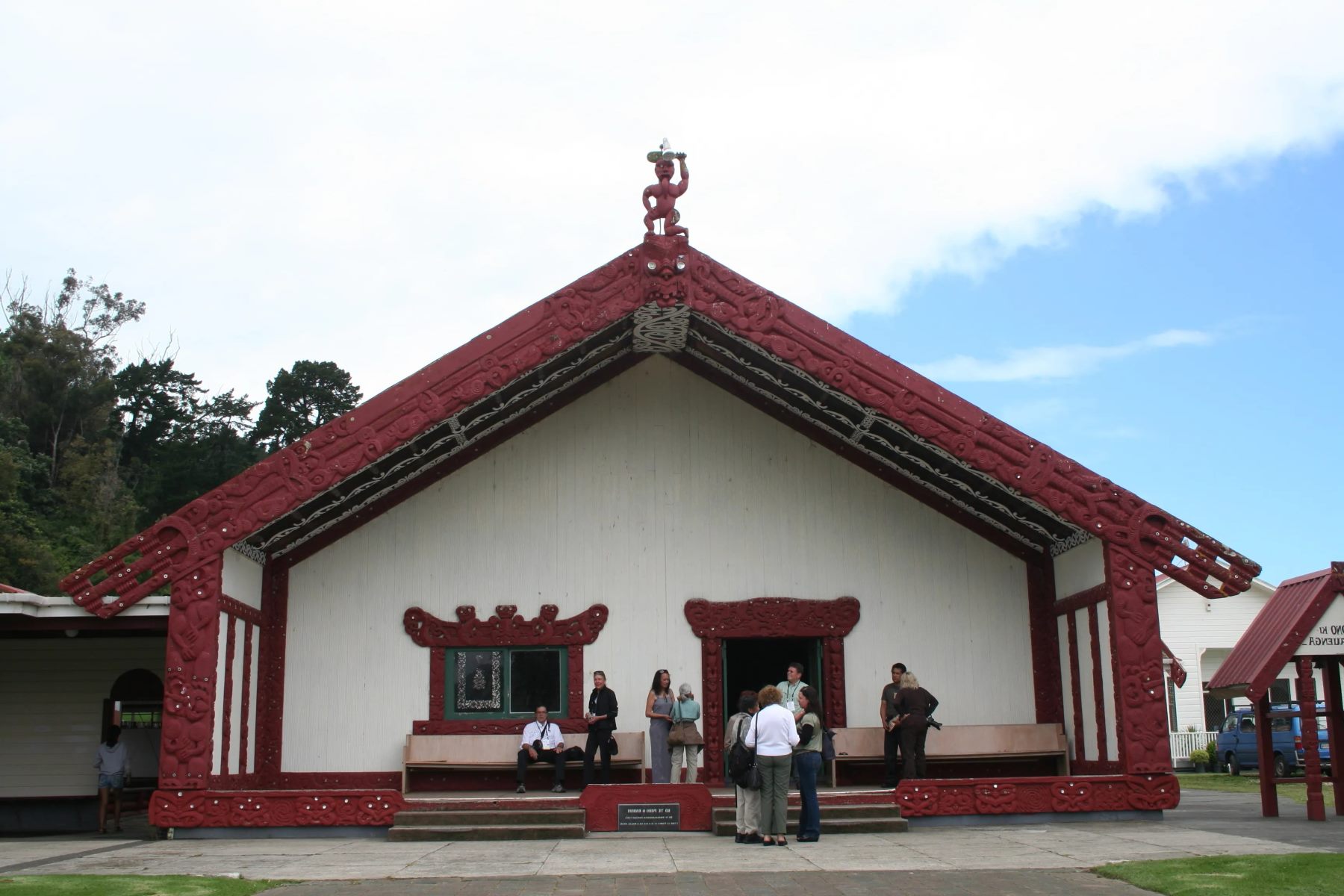What Mysteries Lie Within A Marae?

Ever wondered what mysteries lie within a marae? These sacred meeting grounds hold deep cultural significance for the Māori people of New Zealand. A marae isn't just a place; it's a living, breathing part of Māori heritage. Here, ceremonies, celebrations, and community gatherings take place, each event steeped in tradition. The marae serves as a focal point for storytelling, passing down wisdom from one generation to the next. Visiting a marae offers a unique glimpse into Māori culture, providing a rich, immersive experience. Whether you're a history buff or just curious, exploring a marae will leave you with a deeper appreciation for this vibrant culture.
What is a Marae?
A marae is a sacred communal space in Polynesian cultures, especially significant in New Zealand's Māori society. These areas serve as the heart of social, cultural, and spiritual life. They are places where people gather for ceremonies, discussions, and celebrations. Each marae has unique features and stories, making them fascinating to explore.
Key Features of a Marae
Understanding the key elements of a marae helps appreciate its cultural significance. Here are some essential components you might find:
Wharenui (Meeting House): The wharenui is the central building on a marae. It represents the body of an ancestor, with intricate carvings and woven panels telling stories of the tribe's history.
Wharekai (Dining Hall): This building is where communal meals are prepared and shared. It plays a crucial role in hospitality and community bonding.
Marae Ātea (Courtyard): The open space in front of the wharenui is where formal welcomes and speeches occur. It is a place of respect and protocol.
Pou (Carved Posts): These carved posts often stand at the entrance or around the marae. They symbolize ancestors and important figures in the tribe's history.
Urupā (Cemetery): Many marae have an urupā nearby, where ancestors are buried. It is a place of reverence and remembrance.
Ceremonies and Events at a Marae
Marae are vibrant places where various ceremonies and events take place. These gatherings strengthen community ties and preserve cultural traditions.
Pōwhiri (Welcome Ceremony): A pōwhiri is a formal welcome ceremony involving speeches, songs, and the hongi (traditional greeting). It is a powerful expression of Māori hospitality.
Tangihanga (Funeral Rites): Tangihanga are elaborate funeral ceremonies held on the marae. They provide a space for mourning, remembrance, and support.
Hui (Meetings): Hui are gatherings for discussing important matters, making decisions, and celebrating achievements. They can range from small family meetings to large tribal assemblies.
Weddings and Celebrations: Marae are popular venues for weddings, birthdays, and other celebrations. These events blend traditional practices with modern festivities.
The Role of a Marae in Modern Society
While rooted in tradition, marae continue to play a vital role in contemporary Māori life. They adapt to modern needs while preserving cultural heritage.
Education and Learning: Many marae host educational programs, teaching language, history, and crafts. They are centers for cultural revival and learning.
Community Support: Marae often provide social services, such as health clinics, counseling, and support groups. They are safe havens for those in need.
Political and Social Activism: Marae serve as platforms for political discussions and social movements. They are places where voices are heard, and change is initiated.
Tourism and Cultural Exchange: Some marae welcome visitors, offering cultural experiences and insights. This fosters understanding and appreciation of Māori culture.
Visiting a Marae
Visiting a marae is a unique opportunity to experience Māori culture firsthand. Respect and understanding are crucial when entering these sacred spaces.
Protocol and Etiquette: Follow the guidance of your hosts regarding protocol and behavior. Show respect by listening, participating, and observing customs.
Dress Code: Dress modestly and appropriately. Avoid wearing shoes inside buildings unless instructed otherwise.
Participation: Engage in activities and ceremonies with an open mind. Ask questions and show genuine interest in learning.
Gifts and Koha: Bringing a gift or koha (donation) is a gesture of respect and appreciation. It supports the marae and its community.
Exploring a marae offers a deep connection to Māori culture, history, and community. Each visit reveals new layers of meaning and understanding, making it a truly enriching experience.
Embracing the Spirit of Marae
Marae are more than just historical sites. They are living, breathing parts of Maori culture. Visiting a marae offers a unique glimpse into traditions, customs, and community life. From the intricate carvings to the sacred rituals, every element tells a story. Respect and understanding are key when exploring these spaces. Engage with the local guides and participate in the ceremonies to truly appreciate the rich heritage. Whether you're a history buff or just curious, a marae visit is a memorable experience. It’s a chance to connect with the past and understand the present. So next time you’re in New Zealand, make sure to include a marae in your itinerary. You'll leave with a deeper appreciation for the Maori people and their enduring legacy.

